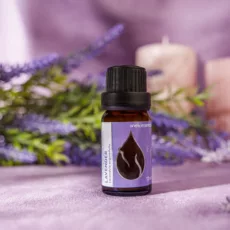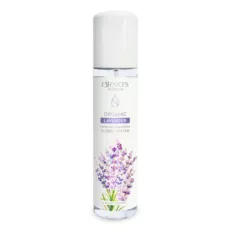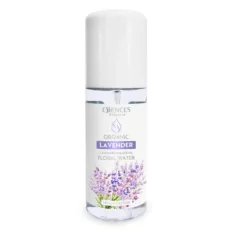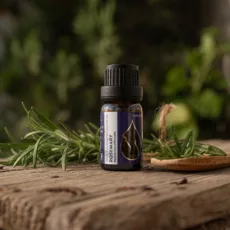Lavender
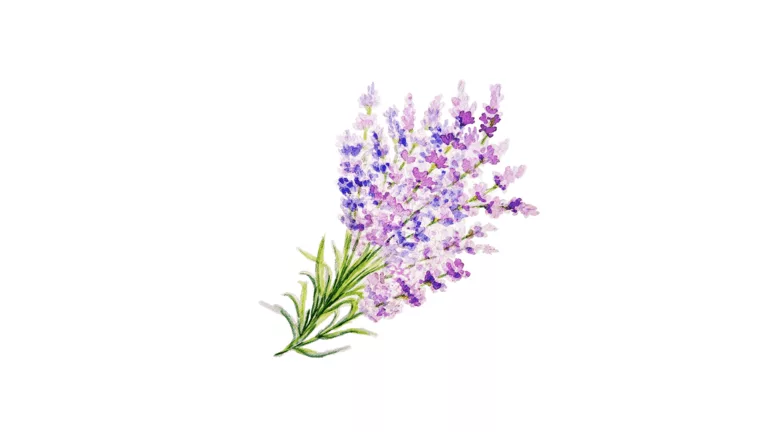
True lavender (Lavandula angustifolia) is a decorative, aromatic, evergreen subshrub with beautiful silvery-violet flowers, from which the world’s most widely used essential oil has been produced for more than 2,500 years. The plant’s name comes from the Latin word lavare, which literally means “to wash,” because even the ancient Romans added lavender blossoms to fragrant, relaxing baths.
Lavender has accompanied humankind since deep antiquity, leaving a strong imprint on religious culture and mythology. In ancient times Christians believed the lavender plant was brought from the Garden of Eden.
One myth says that, to ease the life on earth of Adam and Eve after they were expelled from Paradise, God gave them useful herbs. Among them were rosemary and lavender—rosemary to sustain the spirit, lavender to delight the soul. Another lovely Christian legend holds that lavender’s enchanting fragrance was a gift from the Virgin Mary herself in gratitude for drying the infant Jesus’s clothes on a lavender bush.
The ancient Egyptians cultivated lavender in the sacred garden of Thebes. Costly lavender perfumes were important in international trade and accompanied nobles throughout their lives and even after death—lavender was used in the mummification process in ancient Egypt. In 1922, remnants of lavender were found in Tutankhamun’s sealed urns of perfume, and their scent had lasted 3,000 years. The ancient Romans used lavender by smudging their homes with a burning sprig to ward off insects. In Arabic medicine, lavender was used as an expectorant and antispasmodic.
Ancient cultures believed lavender helped purify body and mind. In the Middle Ages it was thought to frighten away the devil and witches; thus it became an obligatory attribute at priestly ordinations and was declared a sacred plant by the Catholic Church. Superstitious townsfolk wore little crosses of dried flower spikes or hung them at their doorways.
In the Renaissance era, by the 14th century, Europe’s noblewomen were already using the first perfumes, whose compositions included lavender. The plant became a symbol of love, beauty, and refinement. During the Great Plague in London, people tied bunches of lavender to their wrists to protect themselves from infections and bacteria.
In folk medicine, lavender is used to stimulate digestion and as an antispasmodic. A lavender infusion (decoction) is used for nervous excitability, neurasthenia, insect bites, burns, paralysis, schizophrenia, flatulence, gastritis, acne, insomnia, vertigo, and headaches (rubbed around the temples). Lavender flower spikes repel insects, and a few drops of the oil on a pillow help with sleep disorders, relieve anxiety and depression, reduce stress, and promote relaxation.
